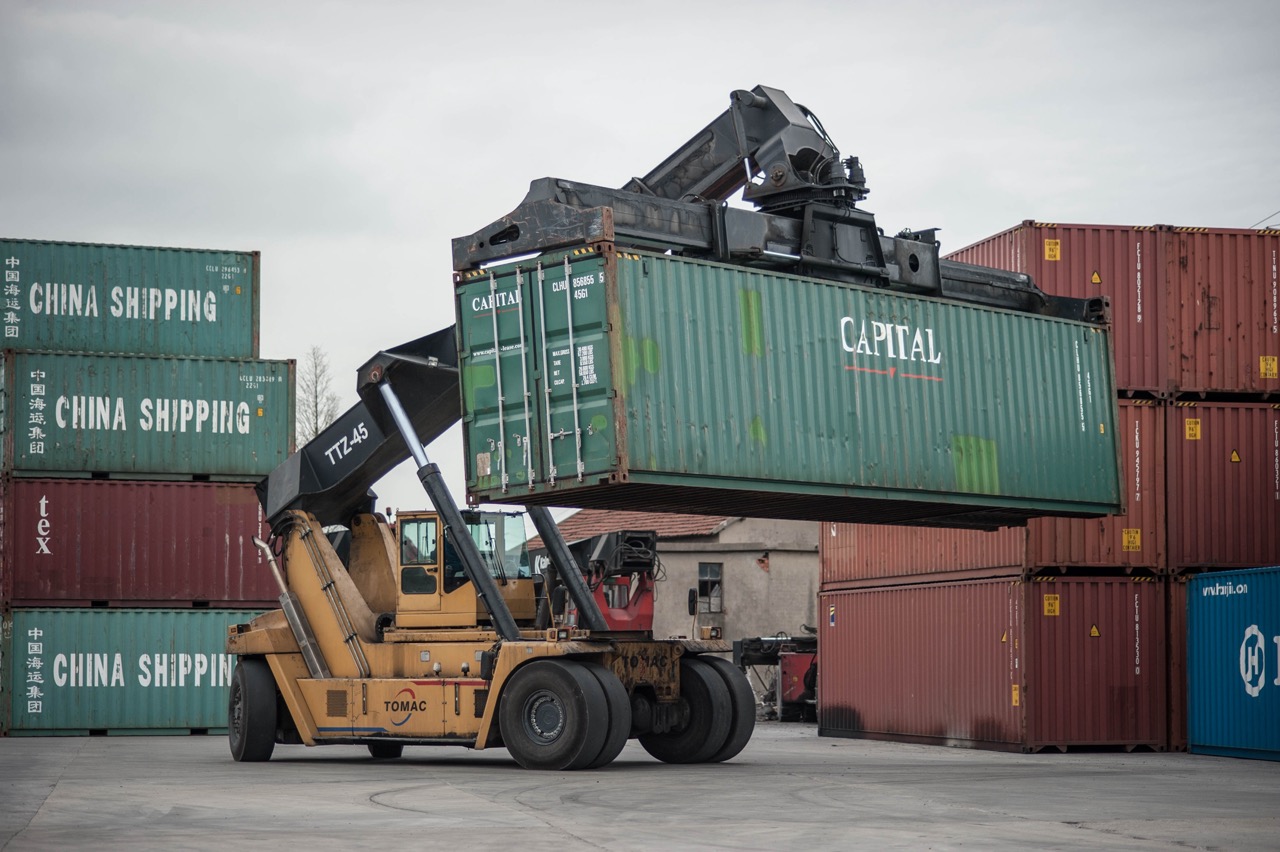How team size affects project success
One of the components of successful work is the right size of the project team. A small but cross-functional group of specialists is considered optimal in the Scrum methodology. This approach allows for better productivity and focus on the tasks at hand.
Working in small teams has several advantages, including:
- maximum constructive interaction between participants;
- less time spent organising the activities of the specialists;
- each team member feels important;
- greater satisfaction from working together;
- high efficiency of communication between project participants.
An excellent team-building rule is the “two-pizza” rule. The team size should be such that it can be fed with just two pizzas.
A team of 4-5 people will be sufficient for most projects. In some cases, the number of participants may increase, for example, if you have to complete a task in a tight timeframe. At the same time, the number of specialists affects work productivity: the more specialists there are, the less efficient the process.

Arguments for the productivity of small teams
Harvard professors have approached the formation of work teams from a scientific point of view. Richard Hackman and Neil Vidmar conducted an experiment in which they assigned tasks to groups of specialists of different sizes. They then interviewed the participants about their work performance. The researchers were interested in whether the teams were too small or too large to maximise results. It turned out that most respondents felt that interacting in a group of more than 5 people was less productive. At the same time, a team of 2 people is not effective either. On average, the optimal team size was 4-5 specialists.
The optimal team size for a particular project also depends on the number of communication channels between its members. For example, 5 people use 10 communication channels because they all communicate with each other. Similarly, 6 people need 15 channels, and 7 people need 21 channels.
So-called social laziness is another negative factor in large teams. People put in less effort when their contribution is only valued in relation to the whole group. As a result, team members may not work as hard as they would if they were working individually.
Another risk of large teams is the presence of extra tasks. Often, these do not improve the workflow but rather complicate it. We are talking about a lot of communication and unnecessary actions by each participant. In this case, the specialist makes more effort but does not get the expected result. This can lead to burnout and untimely completion of tasks.
Despite all the advantages of small teams, it is essential to focus on the project’s complexity. In addition, success depends on properly organised processes in small and large teams.

















